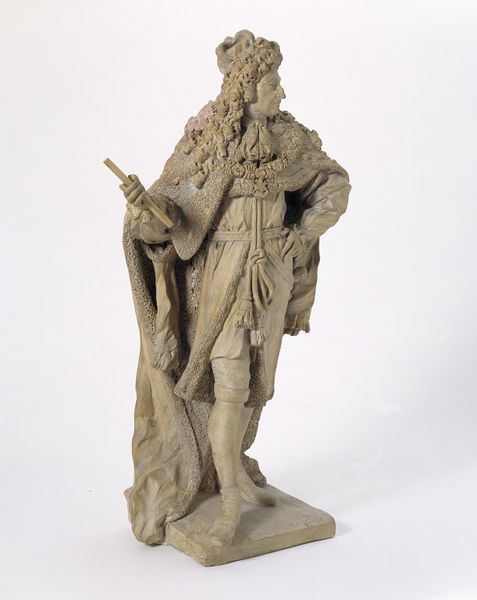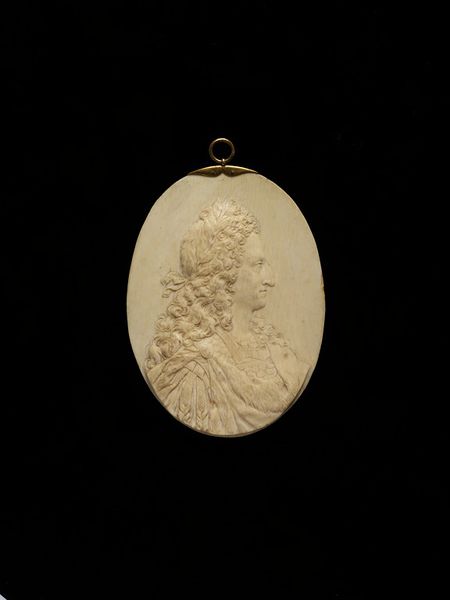Sculptor, of London and Dublin. John Nost the Younger may have been a son of JOHN NOST [1]
JOHN NOST [1] , in which case he must have been born around the time of his father's death in 1710 or 1711, or one of the two sons of the John Nost, who carried on John Nost the Elder's business and died in 1729. On 17 October 1726 he was apprenticed to Henry Scheemakers in Westminster for seven years. It is possible that he then worked in the Nost workshop, which remained in the family until 1739, but there is no record of his career until he settled in Dublin in about 1749. On his arrival he was immediately taken up by the Dublin Society, which commissioned busts of some of its founder members and, arranged for a number of pupils to become his apprentices. He 'soon enjoyed an almost complete monopoly of sculptural work in Ireland'. He made a number of visits to London: these included one in 1753 or 1754 to hold sittings with King George II for the equestrian statue in St Stephen's Green, another in 1763, when he even had a London address
'At Mr Clarke's, St Martin's-lane, opposite May's-buildings', and another in 1765 to make a model for his statue of George III for the City Hall in Dublin. A much later visit in 1776 is said to have been much prolonged on account of his poor health. He died in Dublin in October 1780. His will of 24 October 1779 appointed his wife 'Ann Van Nost otherwise Armstrong' as his executor and made bequests to a widowed sister, Catherine Legross, and a nephew, Richard Lynd. He appears to have had no surviving children.
Addresses: Aungier Street, Dublin, 1752-1760; 'in the Gardens of the Right Hon. Anthony Malone, the east side of Stephen's-green', 1763; 21 Mecklenburgh Street, 1779-1780.
See WORKS for Irish works only (excluding free-standing busts).
References
Genealogical and biographical information in this entry is from S. O'Connell, 'The Nosts: a revision of the family history', Burlington Magazine 129, December 1987, 802-6, and Paul Spencer Longhurst & Andrew Naylor, 'Nost's equestrian George I restored', Sculpture Journal II (1998), 33, which further amends O'Connell's account. There are entries on Van Nost in W.G. Strickland, A Dictionary of Irish Artists (1913), II, 478-487, Rupert Gunnis, Dictionary of British Sculptors 1660-1851 (revised edition, n.d.), 282, and Homan Potterton, Irish Church Monuments 1570-1880 (UAHS, 1975), 85.
The Nost workshop belonged to an Anthony Nost in 1739, when it passed to John Cheere (O'Connell, op. cit., 803).
Potterton, loc. cit.; the School of Modelling was not established until 1811.
Gunnis, loc.cit.
O'Connell, op.cit., 803; he is described as 'lately arrived from London' in Faulkner's Dublin Journal, 11-14 June 1763.
P.B. Eustace, Registry of Deeds Dublin: Abstracts of Wills II 1746-85 (1954), 310 (no. 629).
Faulkner's Dublin Journal, 21-25 Jan 1752.
Faulkner's Dublin Journal, 22-26 Jan 1760.
Faulkner's Dublin Journal, 11-14 Jun 1763.
Faulkner's Dublin Journal, 7-9 Sep 1779 and 24-26 Aug 1780 (street number in latter edition misprinted or mistranscribed as 11 Mecklenburgh Street).
.........................
George III.
John van Nost III.
Marble Bust.
1767
Victoria and Albert Museum.

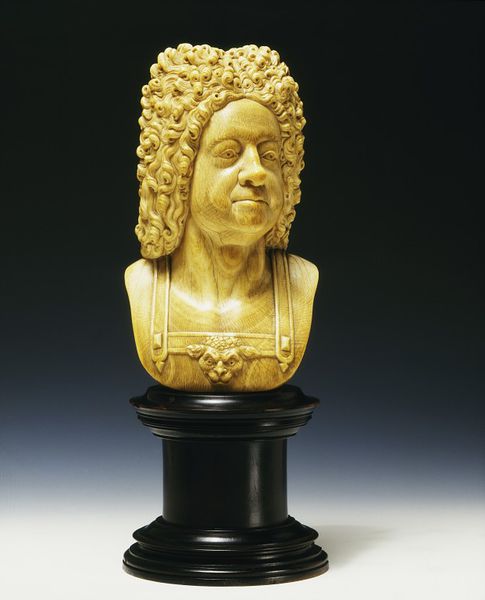

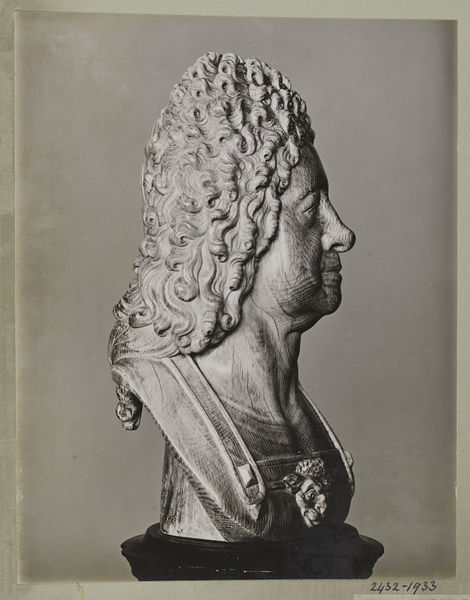
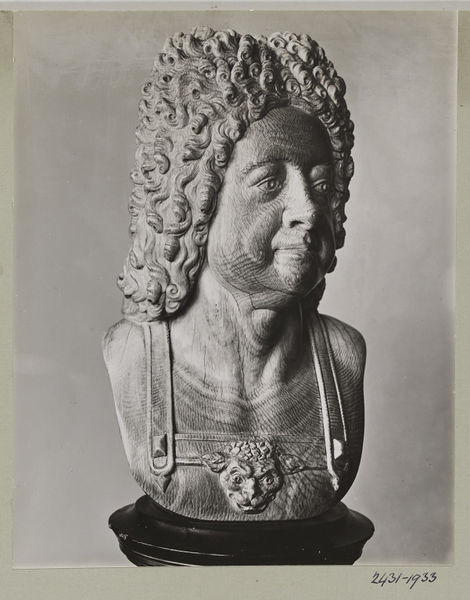
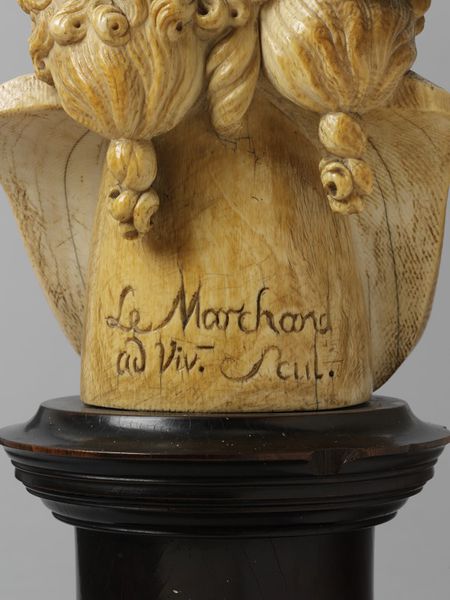













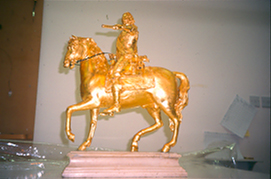
.jpg)



